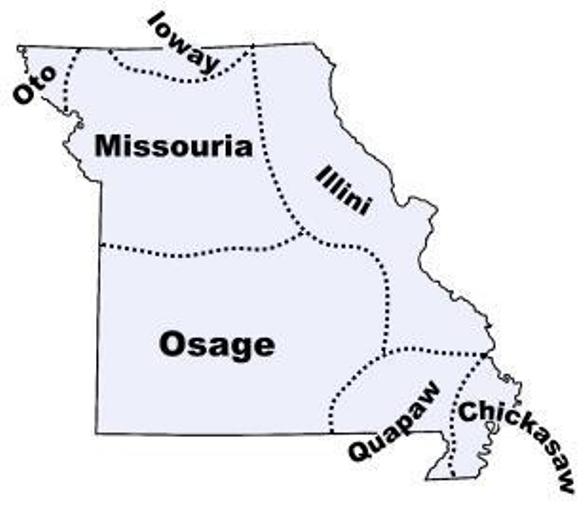MYSTERY ARTIFACT-NO LONGER A MYSTERY
|
|
|
|
Well
folks after numerous emails to various universities,
archeological societies I was finally able to get the object
identified. While
it looks like a “hatchet” it in fact is a hoe.
Special thanks go to the Smithsonian Institute.
Now exactly who the hoe would have belonged to is a
little dicier. But
the story in and of itself perhaps puts the spotlight on two
specific groups of people. The hoe
was discovered 1 mile east of
Dated 19 March, 1800
"I, Pierre Treget, commandant at Carondelet, pursuant to orders
from Don Carlos Dehault Delassus, commandant at
On
reaching the place, I found an old man dead, head cut off and
laid at his side, scalp taken and body full of wounds from
musket shots; and a few paces off, a boy eight or nine years
old, head cut off and lying near him, face smeared with blood,
with a small piece of maple sugar in his mouth, no wound on his
body from either musket or knife; a dead cow, one horn carried
off, dead calf, head cut off, beds in the house cut to pieces,
utensils broken and strewed about the house.
Ascertained that the murders had been committed by the Osages;
buried the bodies, not known at this time. Source: Historical
Library,
Almost a week later, on March 25, 1800 Pascal Leon Cerre, Ensign
of the militia, visited the scene of the tragedy and learned
that the victims were Adam House and his son, Jacob. It is
believe by many people that the entire House family was wiped
out. But the same entry goes on to state that another son, John,
managed to escape, and that the Ensign appointed Robert Owen of
Maria des Liards to be the guardian for the boy and his two
sisters, Betsey and Peggy.
Source: Historical Library,
During the 1950’s an Indian burial ground was located in the
locale of the Adam House residence.
Below I have included a map of territory held by Indian
tribes in the
From their traditional homes in the woodlands of present-day
In the 17th century, the Illini or Illiniwek suffered from a
combination of exposure to European infectious diseases, to
which they had no natural immunity and warfare by the expansion
of the Iroquois tribe.
When a
The Illini or Illiniwek lived in a
seasonal cycle related to cultivation of domestic plants and
hunting, with movement from semi-permanent villages to hunting
camps. They planted crops of
maize (corn),
beans, and
squash. They prepared
dishes such as
sagamite. They also
gathered wild foods such as nuts, fruit, roots and tubers. In
the hunting season, the men hunted
bison,
deer,
elk,
bear,
cougar,
lynx,
turkey,
geese and
duck. Women prepared the
meat for preservation and the hides for equipment and clothing.
They tapped
maple trees and made the
sap into a drink or boiled it for syrup and sugar.
In conclusion because this locale was previously developed prior
to the hoe’s discovery the exact original depth it was at is
unknown. It if
originally lay deeper in the ground prior to development it is
very probable it was Illini/Illinwek.
If the hoe was pushed deeper by a bulldozer and
originally was closer to the surface it is more probable it
belong to the Osage.
The reader may draw their own conclusions based on the
evidence. |
 for
the hoe’s ownership may go to the Illini or properly known as
the Illiniwek tribe.
for
the hoe’s ownership may go to the Illini or properly known as
the Illiniwek tribe. The
Iroquois had hunted out their traditional lands and sought more
productive hunting and trapping areas. They sought furs to
purchase European goods in the
The
Iroquois had hunted out their traditional lands and sought more
productive hunting and trapping areas. They sought furs to
purchase European goods in the